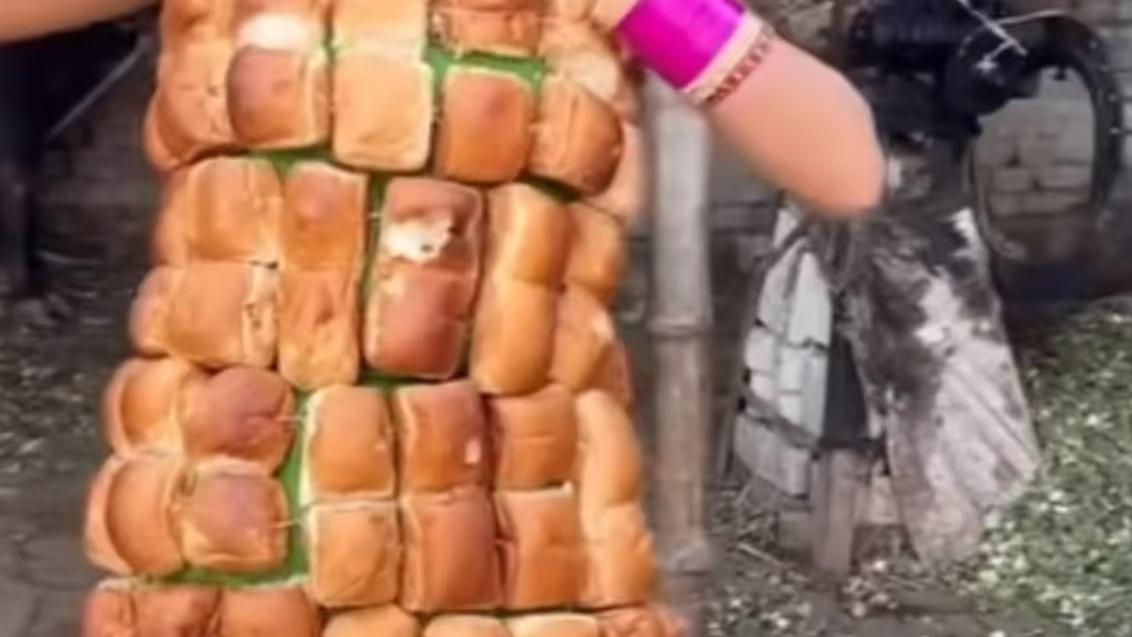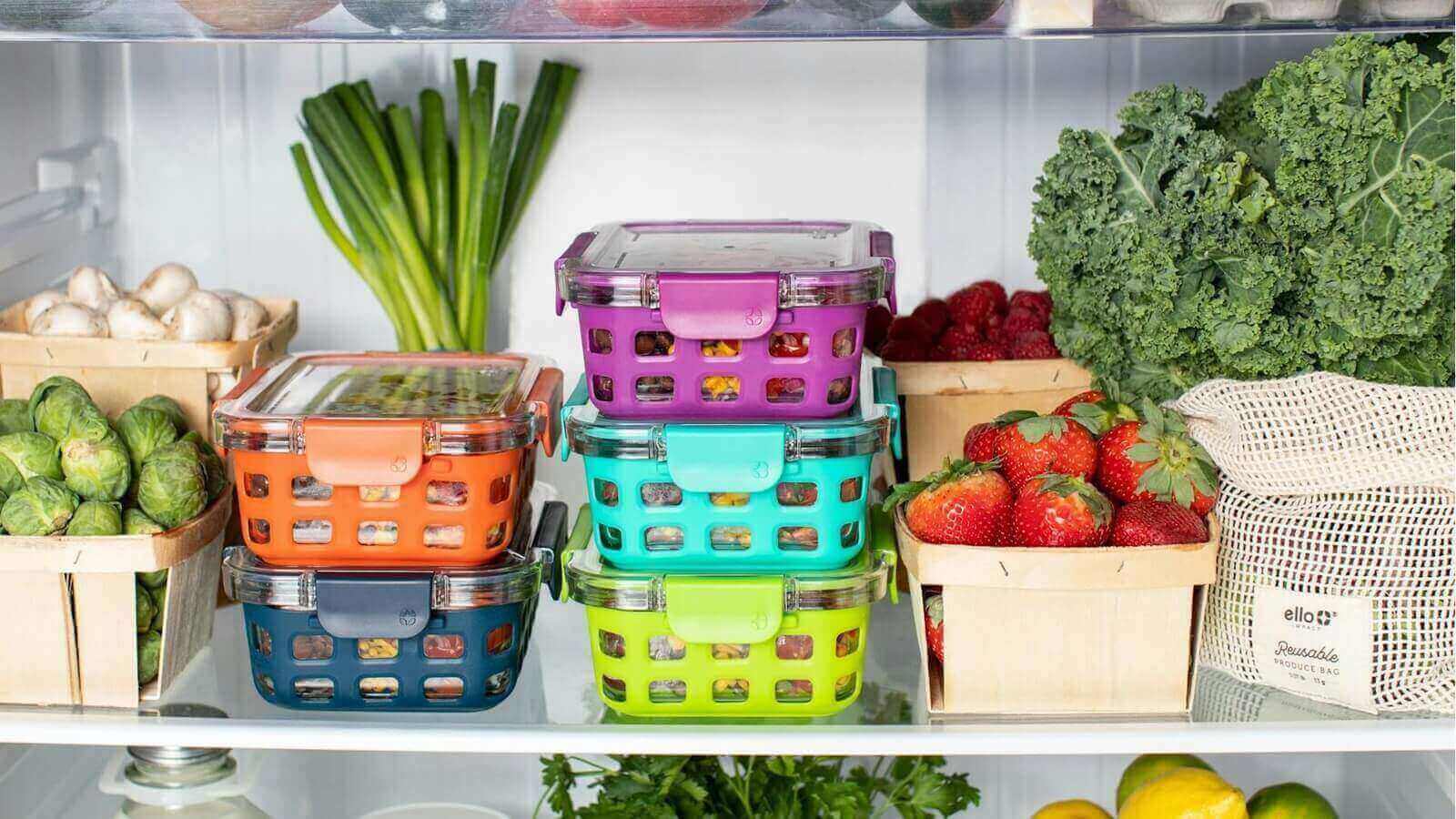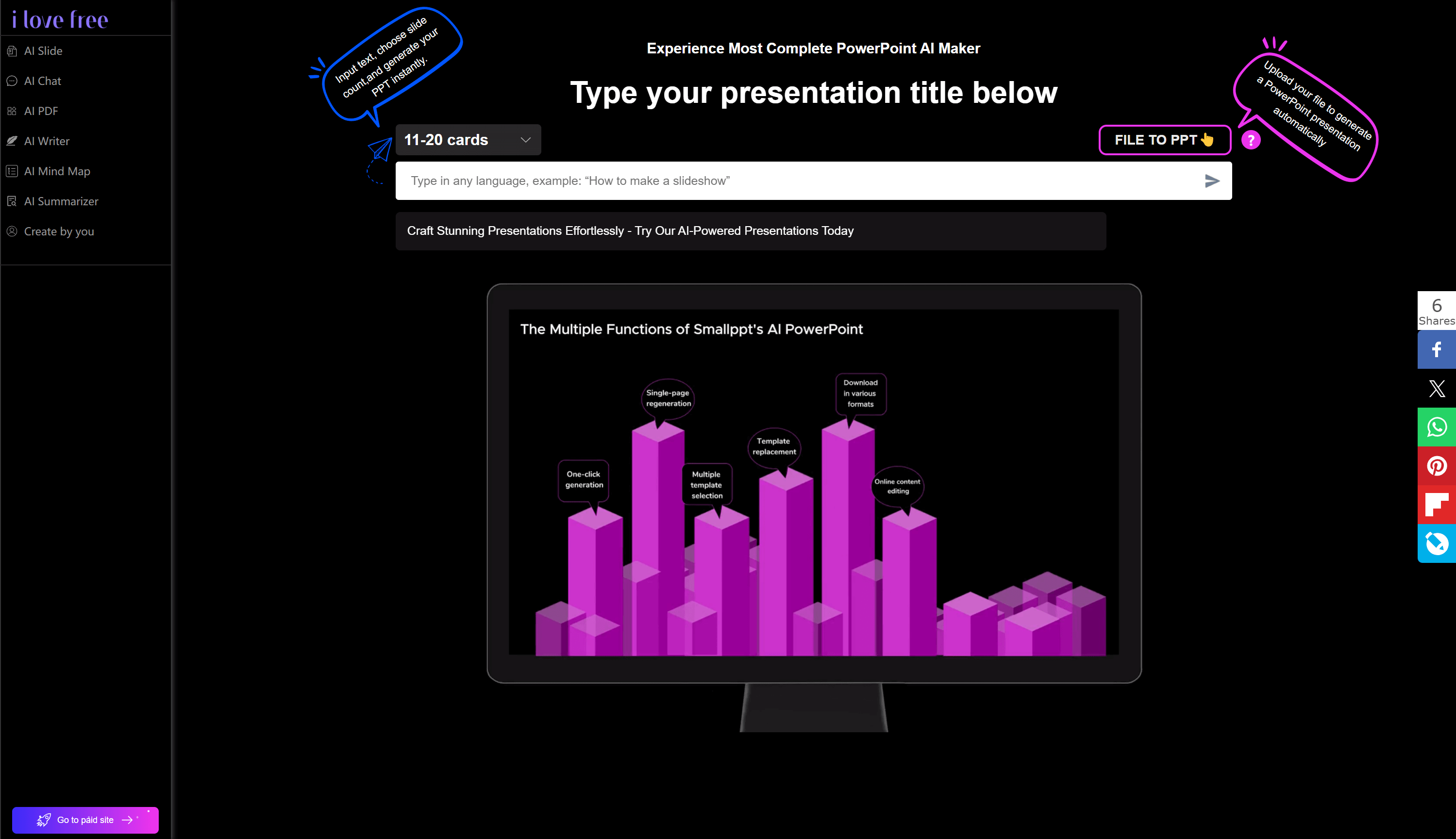
Food waste is a significant issue. Every year, billions of tons of food are wasted worldwide, and we can often see food waste occurring in our daily lives. Wasting food is not only a wasteful behavior, but also harmful to the environment. Each of us should try to avoid wasting food.
On December 16, it was reported that an Indian influencer posted a video on social media where she danced in a dress made entirely of bread. This video sparked a heated debate among netizens. Many criticized her for wasting food, with some expressing a wish that she would eat the bread instead of discarding it.
The anger expressed by netizens also reflects our resistance to the act of wasting food. Through this video, we should take a moment to reflect on our own daily lives and consider whether we often waste food ourselves. And how can we best reduce the likelihood of this happening?

What is food waste?
The wasted food can be primarily categorized into two types: food loss and food waste.
Food loss is a larger category that includes any edible food that is not consumed at any stage. This process mainly occurs throughout the food supply chain from harvesting/slaughtering/production to the point of sale (but does not include the sales stage).
Food waste, is defined by the US Department of Agriculture’s (USDA) Economic Research Service (ERS) as “food discarded by retailers due to color or appearance and plate waste by consumers.”
How is food wasted?
1. Production stage
Food waste can occur due to overproduction, where manufacturers produce more than the market can absorb.
Additionally, food may be discarded during processing due to quality standards that prioritize appearance over edibility.
Spoilage can also happen if food is not handled or stored properly during production, leading to significant waste before it even reaches consumers.
2. Distribution Stage
Transportation Losses: Food can be damaged or spoiled during transportation due to poor handling or temperature control.
Retail Waste: Retailers may discard food that is close to its expiration date or does not meet visual standards.
3. Consumption Stage
Plate Waste: Consumers often leave food uneaten on their plates.
Over-purchasing: Buying more food than can be consumed leads to spoilage at home.
Improper Storage: Not storing food correctly can lead to spoilage before it is consumed.
4. Food Preferences
Some consumers may discard food that they perceive as undesirable, even if it is still safe to eat.
5. Waste in event settings
At events such as weddings and banquets, a large amount of food is often prepared due to the uncertainty of guest numbers, which can lead to significant food waste.
Additionally, at social gatherings or parties, where people spend most of their time socializing or enjoying themselves, food may serve more as decoration, resulting in further waste.

Initiatives reducing food waste in our daily life
1. Thoughtfully Shopping: Prioritizing Needs Over Wants
Avoid impulsive purchases; we should consider the issue of food waste before making a purchase. Try not to buy food when you are hungry. Even if you are hungry, resist the urge to think you can eat much more than usual impulsively.
We can create a shopping list in advance, outlining our meal plan for the week, so that we have a clearer goal when shopping.
2. Unleash your creativity
If you have bought too much food, try different cooking methods. Don’t discard it just because you’re tired of it.
If certain foods don’t suit your taste, consider adding other ingredients or searching online for solutions to make those foods more palatable.
3. Share
If you have cooked more food than you can eat, received a lot of food from someone, or have many perishable items when moving, why not share those foods with your friends or neighbors?
This can not only enhance the relationship between you but also avoid food waste.
4. Know how to store food
Different foods have different storage methods. We need to be aware of the storage requirements for the foods we purchase and avoid wasting food due to improper storage.
Fresh foods can be placed behind products that are nearer to their expiry dates. Foods with closer expiration dates should be placed in more visible locations to avoid forgetting about them.
5. Compost
Composting is the process of recycling organic waste, such as food scraps and yard waste, into a valuable fertilizer for plants and gardens.
You can use a store-bought compost bin, build your own, or simply create a pile in your yard.
Once the compost is dark, crumbly, and has an earthy smell, it’s ready to use. You can mix it into garden beds, use it as a top dressing for lawns, or add it to potted plants.
Composting is a simple and effective way to reduce food waste and improve your gardening efforts while contributing to a healthier environment.
6. Give ugly fruits and vegetables a chance
If possible, opt for purchasing those "ugly" fruits or vegetables that are often left in grocery stores but are safe for consumption. These "ugly" produce items have physical imperfections but are neither damaged nor spoiled.
Not only are "ugly" fruits and vegetables safe and nutritious, but they can sometimes be purchased at a discount as well.

If you want to gather more information about food waste, you can ask AI Chat.
If you want to write an article about food waste to encourage everyone not to waste food, you can let AI Writer help you structure the article.
If you want to give a speech about food waste, you can use AI Slide to generate a presentation.
If you want to quickly read many articles about food waste, you can let AI Summarizer help you summarize and extract key information.
You can find all these functions on Ilovefree, and all these AI tools are free; you just need to watch a few seconds of ads to enjoy these functions.

